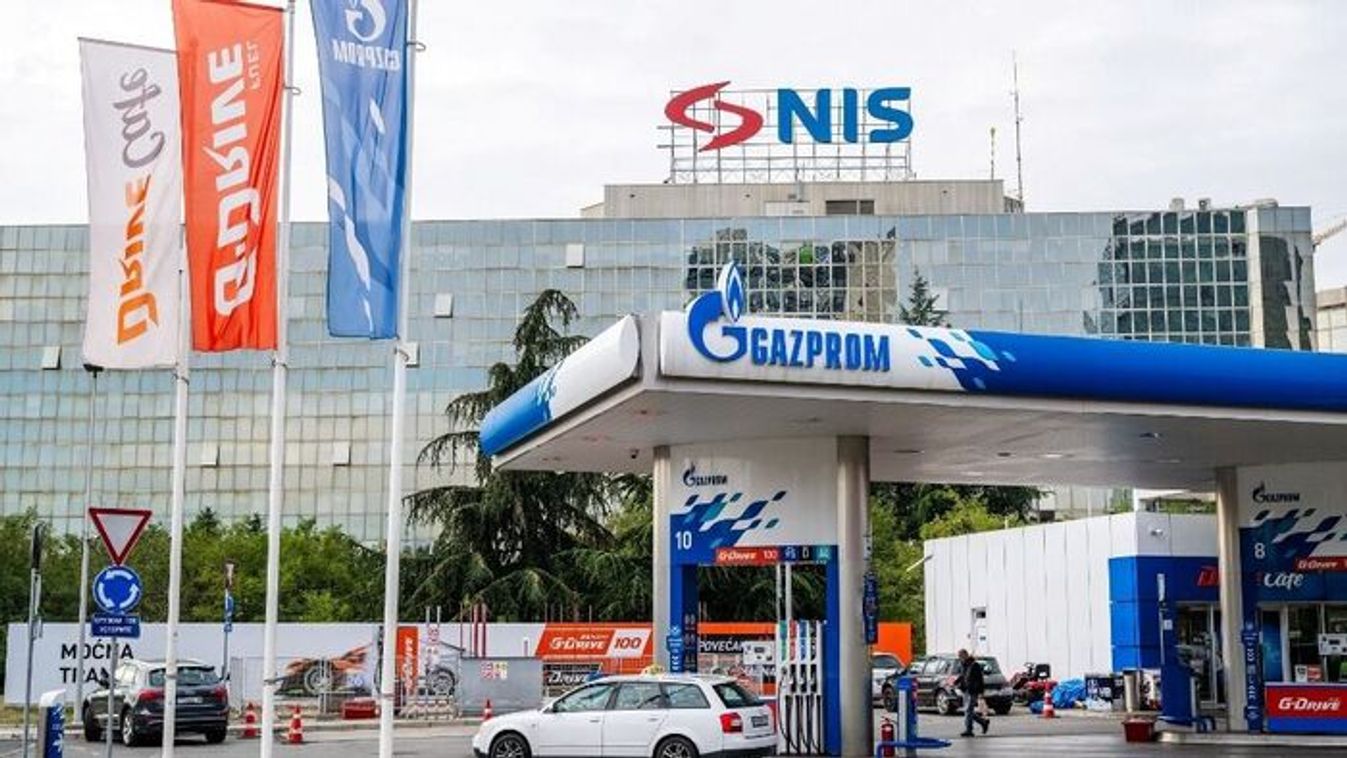Banking on the BRICS

The agreement was also an opportunity for the five countries to reiterate their dissatisfaction with the World Bank, the International Monetary Fund, and the role of the dollar in the global monetary system. The BRICS possess just 11% of the votes in the IMF, despite accounting for more than 20% of global economic activity. The US Congress refuses to ratify the agreement reached in 2010 to correct this skewed state of affairs. And the United States has displayed no willingness to renounce its anachronistic privilege of nominating the World Bank’s president.
Meanwhile, the share of the dollar in global foreign-exchange reserves remains more than 60%, while 85% of global foreign-exchange transactions involve dollars. Given the reluctance of underrepresented countries to sign up for the IMF’s precautionary credit lines, central banks desperate for dollars can obtain them only from the Federal Reserve. The Fed was reasonably forthcoming in providing dollar swaps in the last crisis in 2008; but there is no guarantee that it will behave similarly in the future.
Thus, the BRICS’ dissatisfaction with the status quo is understandable. The question is whether their NDB and CRA will make a difference.
The logic for the NDB is compelling. The BRICS, and developing countries generally, have immense infrastructure needs. China may not have an infrastructure deficit, but it has something else: large construction companies that welcome the opportunity to undertake additional projects abroad. Hence the incentives of the NDB’s prospective creditors and borrowers are happily aligned.
Moreover, there already is a proliferation of regional development banks, from the Inter-American Development Bank and the Asian Development Bank to the more modestly capitalized African Development Bank. These institutions cooperate with the World Bank. Their existence creates no major problems for the Bretton Woods institutions.
There is no reason why the NDB should create problems, either. With initial capital of just $100 billion, it is too small to make a major contribution to global infrastructure needs. But inadequate capitalization can be corrected over time.
The CRA – intended to lessen the BRICS’ dependence on the Fed and the dollar – is another story. The five participants agreed to earmark $100 billion of their foreign-exchange reserves for swap lines on which all members are entitled to draw.
But here the interests of prospective borrowers and lenders are not obviously compatible. The next BRICS country experiencing a crisis will want to draw on the CRA. But the other members will hesitate to lend more than token amounts, especially if there are repayment doubts. In contrast to development finance, the incentives of potential lenders and borrowers are not aligned.
Permitting the lenders to impose policy conditions on borrowers, and to monitor their compliance, can redress this problem. But imposing conditionality on sovereign states is a delicate matter – especially when the countries involved are as large, proud, and diverse as the BRICS. It is difficult to imagine Brazil, for example, accepting policy conditions laid down by China.
Other attempts to establish networks of swap lines and credits, such as the Chiang Mai Initiative, which was negotiated in the wake of the Asian crisis, have been bedeviled by the same problem. The Chiang Mai network is even larger than the CRA. But, given the divergent interests of lenders and borrowers, it has never been used – not even in 2008, at the height of the global financial crisis.
The architects of the Chiang Mai Initiative attempted to finesse the problem by requiring countries that draw more than 30% of their swaps to negotiate a program with the IMF. Ironically, the “Treaty for the Establishment of a BRICS Contingent Reserve Arrangement” contains exactly the same provision. So much, then, for the CRA as an alternative to the IMF. And, if inclusion of that provision was not revealing enough, then there is the fact that the BRICS’ commitments to the CRA are expressed in US dollars.
The NDB makes sense for the BRICS, and it has a future. But the CRA is empty symbolism, and that is how it will be remembered.
Copyright: Project Syndicate, 2014.
www.project-syndicate.org













